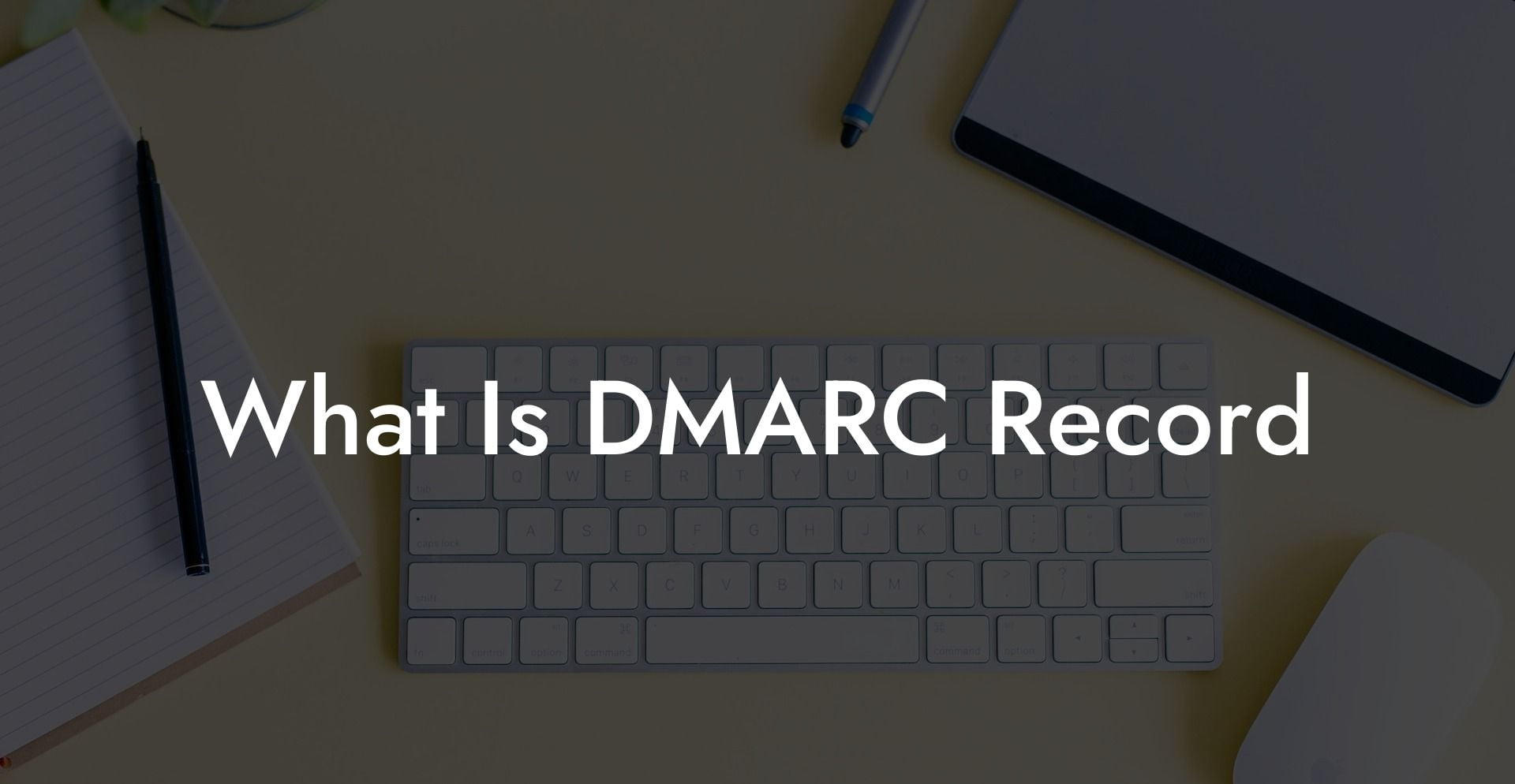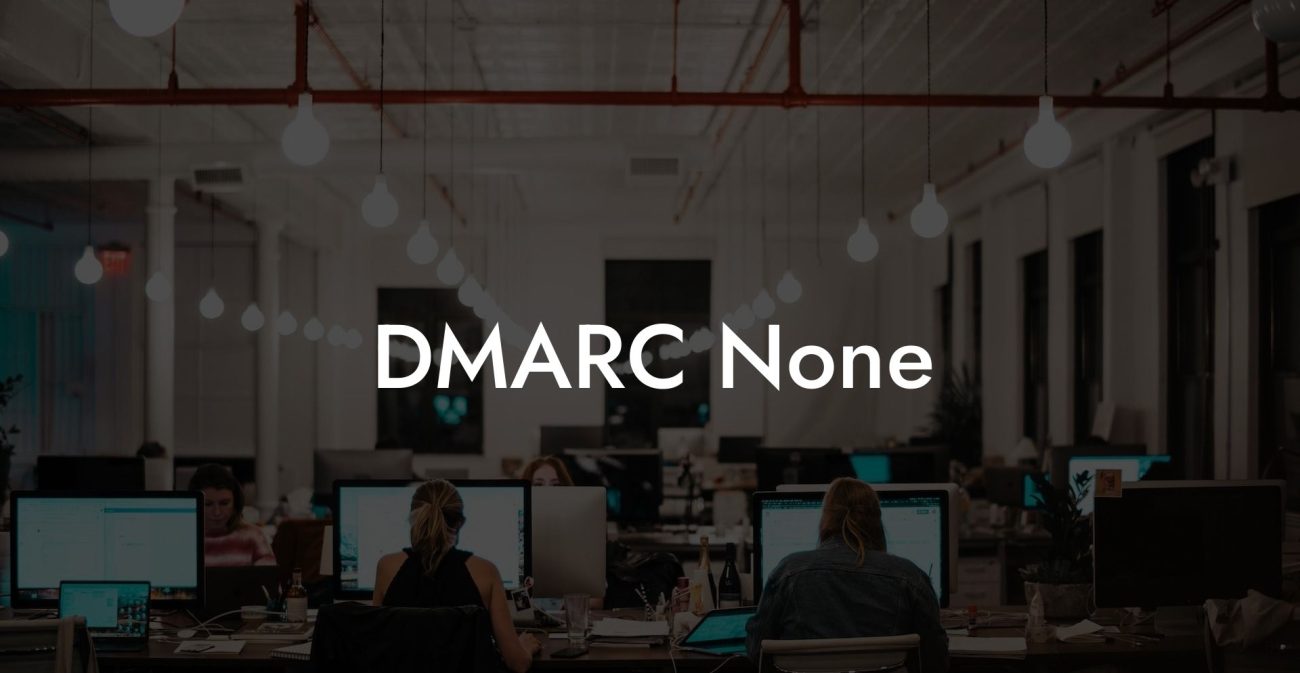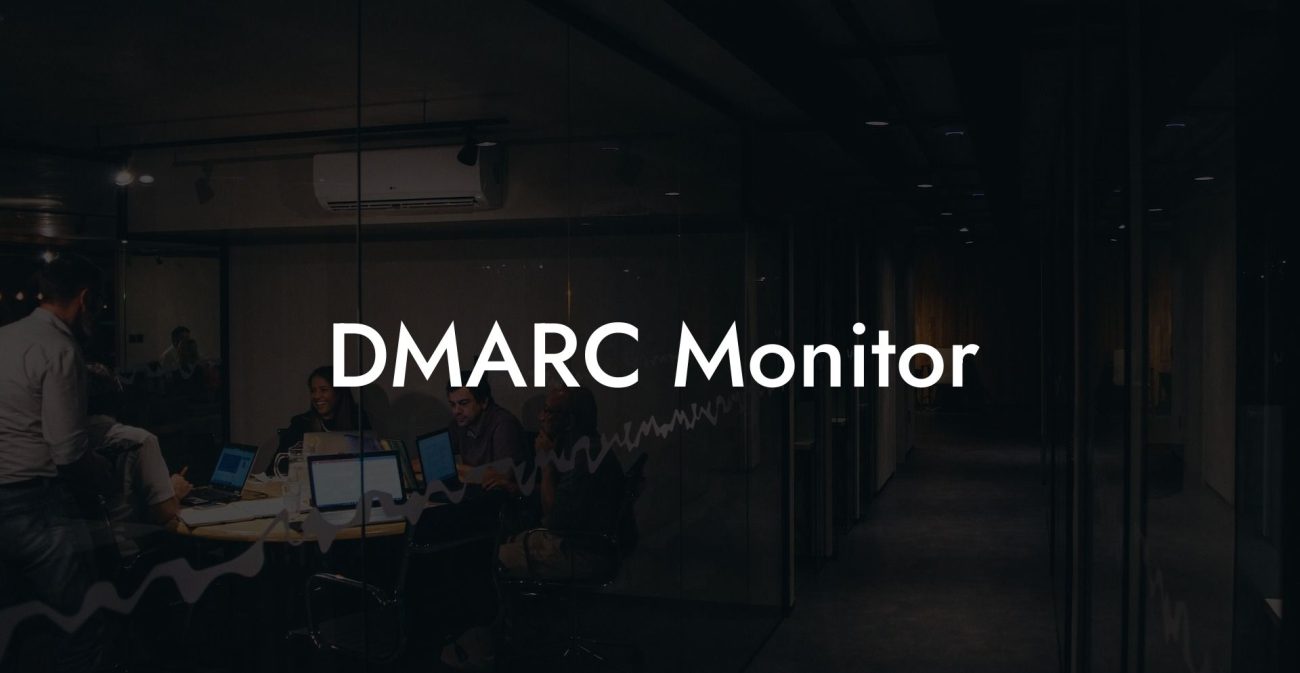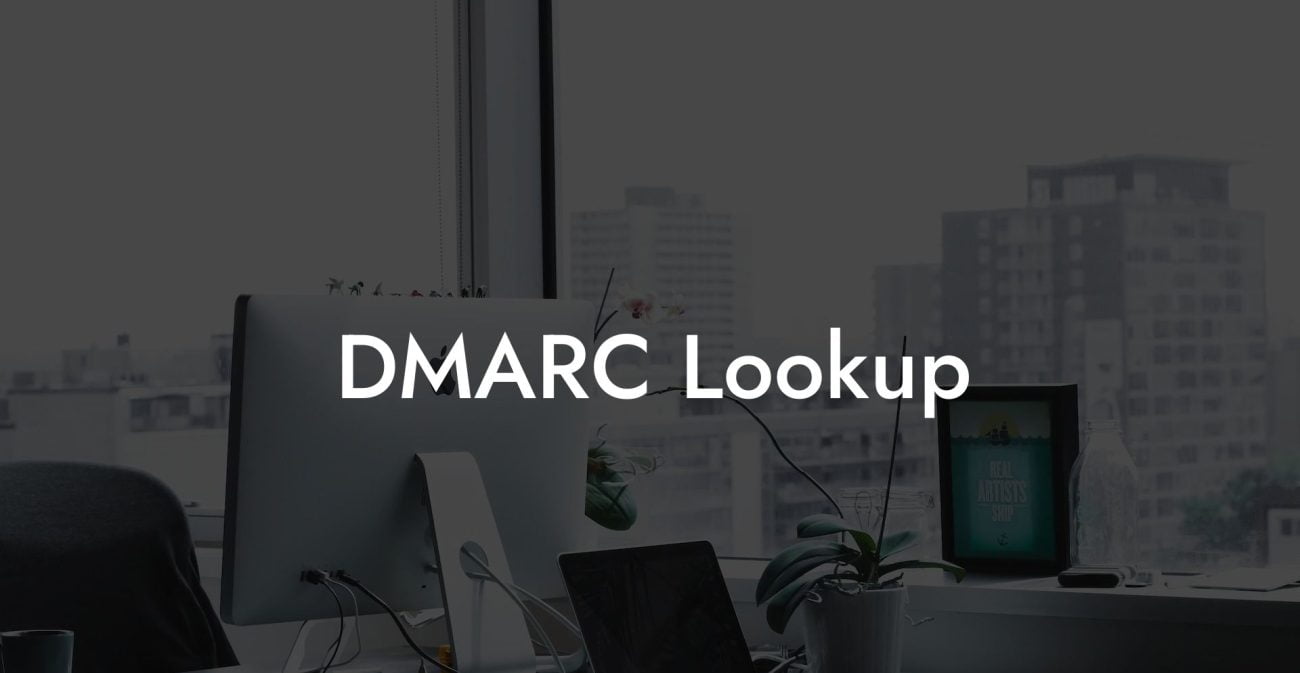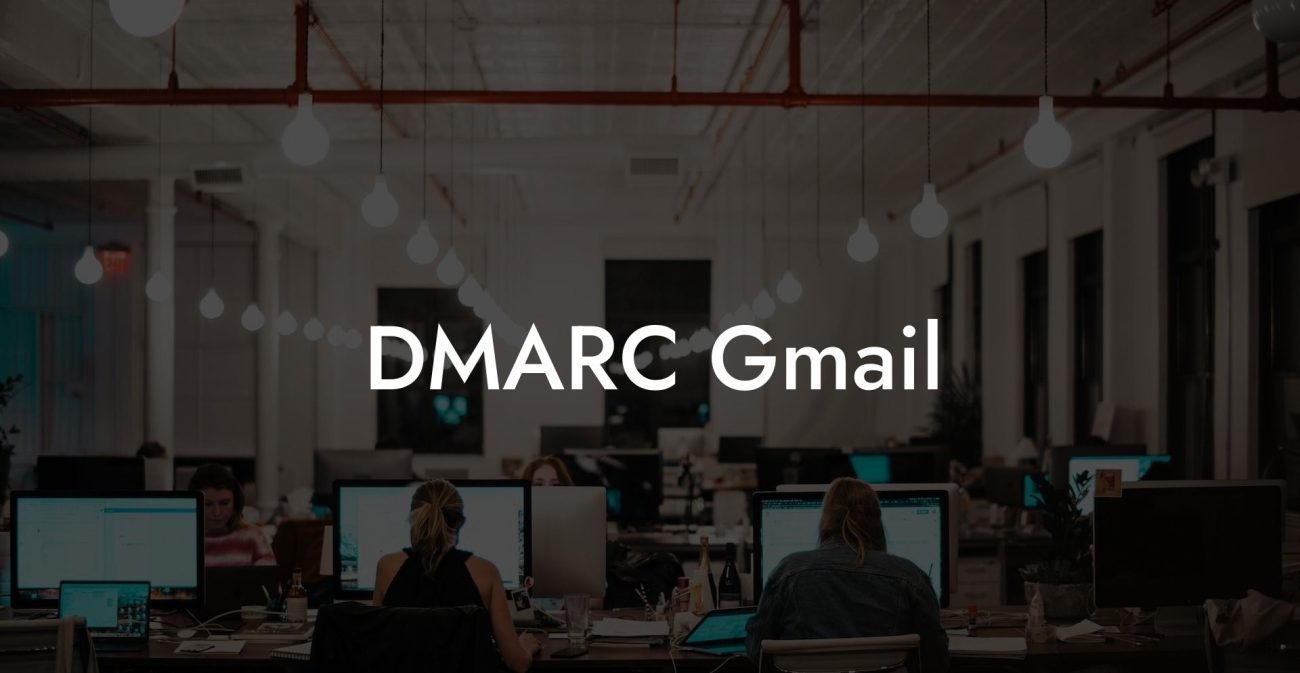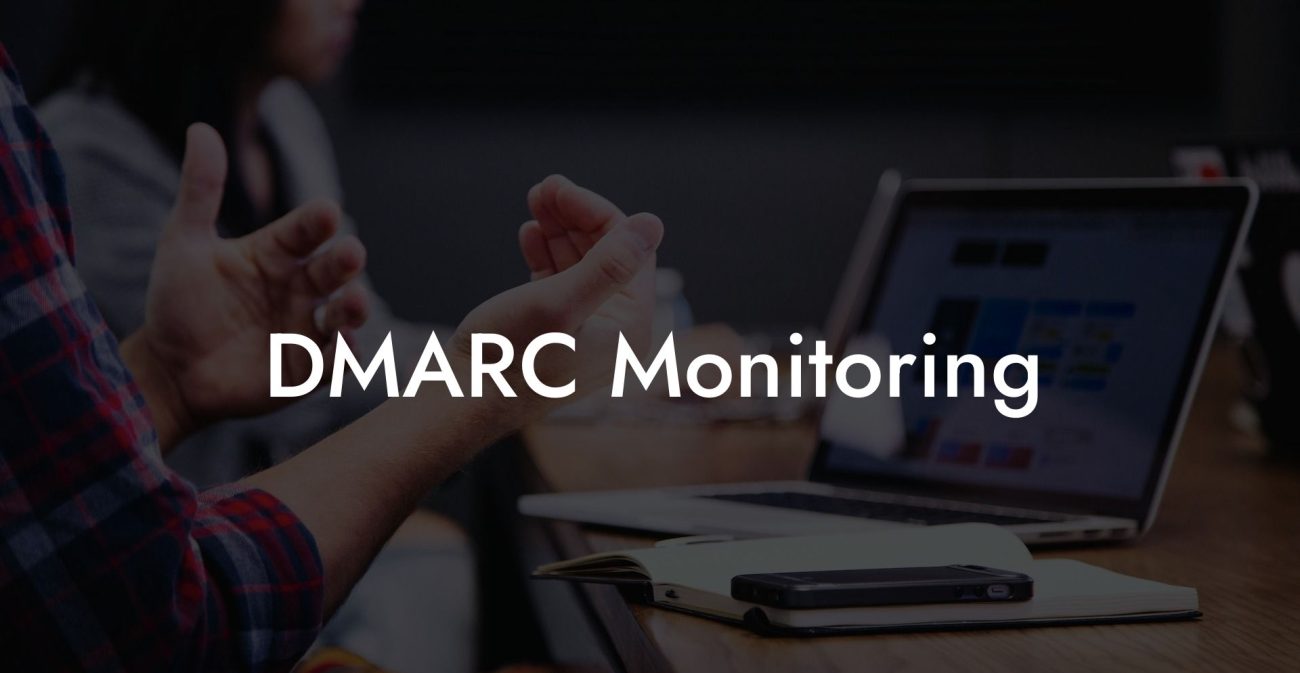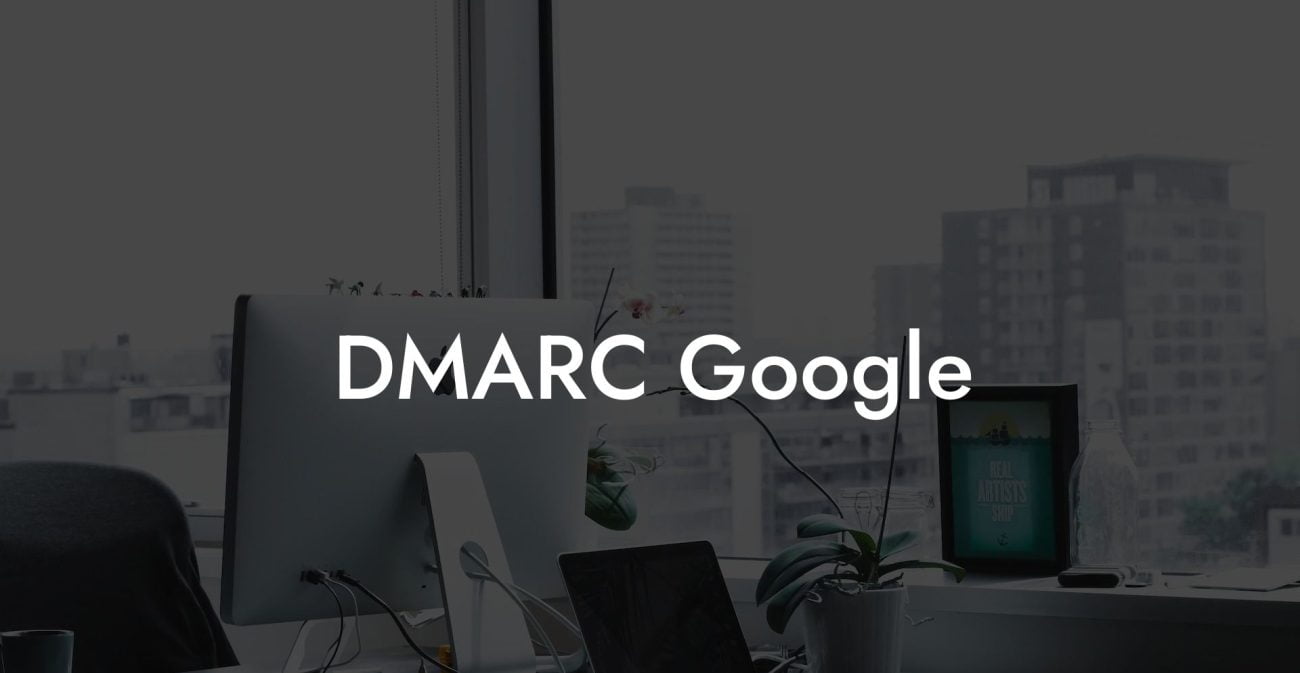Are you looking to secure your email domain from phishing and spoofing attacks? One of the key tools that cybersecurity professionals use for this purpose is DMARC (Domain-based Message Authentication, Reporting, and Conformance) Record. In this blog post, we will uncover the importance of DMARC and how it works to protect your email domain. So, read on to eliminate the risk of phishing attacks and safeguard your online presence.
What Is DMARC Record Table of Contents
Understanding DMARC Record
DMARC is an email validation system designed to protect email domains from phishing and spoofing attacks. It enables domain owners to publish policies for email authentication, thereby ensuring that the receiving mail servers can verify that the incoming email is truly sent from the specified domain and not from an imposter trying to trick the recipient.
How Does DMARC Work?
Protect Your Data Today With a Secure Password Manager. Our Top Password Managers:
DMARC works by building on two existing email authentication mechanisms, namely:
- Sender Policy Framework (SPF)
- DomainKeys Identified Mail (DKIM)
These mechanisms help domain owners define rules and criteria for valid email sending. When an email is received, the receiving mail server checks for a DMARC policy associated with the sending domain. If a policy is present, the server assesses the email against the specified policy and takes appropriate action based on the result.
Why Implement a DMARC Record?
Implementing a DMARC record provides several benefits, including:
- Enhanced email security: DMARC helps prevent phishing and spoofing attacks by identifying and blocking unauthorized use of your email domain.
- Boost in domain reputation: By ensuring that only legitimate emails are sent from your domain, DMARC helps build trust amongst email receivers, which in turn enhances your domain's reputation.
- Improved email deliverability: With a better domain reputation, you can increase the likelihood of your emails reaching the intended recipients' inboxes, rather than being marked as spam.
- Reporting and visibility: DMARC allows domain owners to receive reports with details about their domain's email sending activity. This can be used for monitoring purposes and to identify trends or potential security threats.
Setting Up DMARC Record
Setting up a DMARC record involves the following three main steps:
- Create a DMARC policy: This policy is essentially a text record published in your domain's DNS records. It outlines instructions for receiving mail servers on how to handle emails that fail the DMARC check.
- Setup SPF and DKIM: As DMARC relies on SPF and DKIM, both these mechanisms need to be properly set up and working for your domain beforehand.
- Monitor and adjust policy: After deploying the DMARC record, it is crucial to monitor your domain's email activity and make any necessary adjustments to your policy to ensure the highest level of protection and email deliverability.
What Is DMARC Record Example:
Imagine that Alice@testdomain.com sends an email to Bob@recipientdomain.com. Upon receiving this email, the mail server at recipientdomain.com checks for a DMARC policy associated with testdomain.com. If a valid DMARC policy is published, the receiving server will verify the email's SPF and DKIM records to determine if the email is legitimate or not. If the email passes the DMARC check, Bob will receive the email in his inbox. However, if the email fails the DMARC check, it might be quarantined or rejected, based on the instructions specified in the DMARC policy published by testdomain.com.
Now that you have a better understanding of what a DMARC record is and its importance in securing your email domain, it's time to implement it and reap the benefits. Stay vigilant against phishing attacks and promote a secure online environment for your business and its stakeholders. Don't forget to share this comprehensive guide with your colleagues and ensure that they too are equipped to combat voice phishing and other cyber threats. Be sure to explore our other guides on Voice Phishing to strengthen your cybersecurity knowledge further.
Protect Your Data Today With a Secure Password Manager. Our Top Password Managers:

